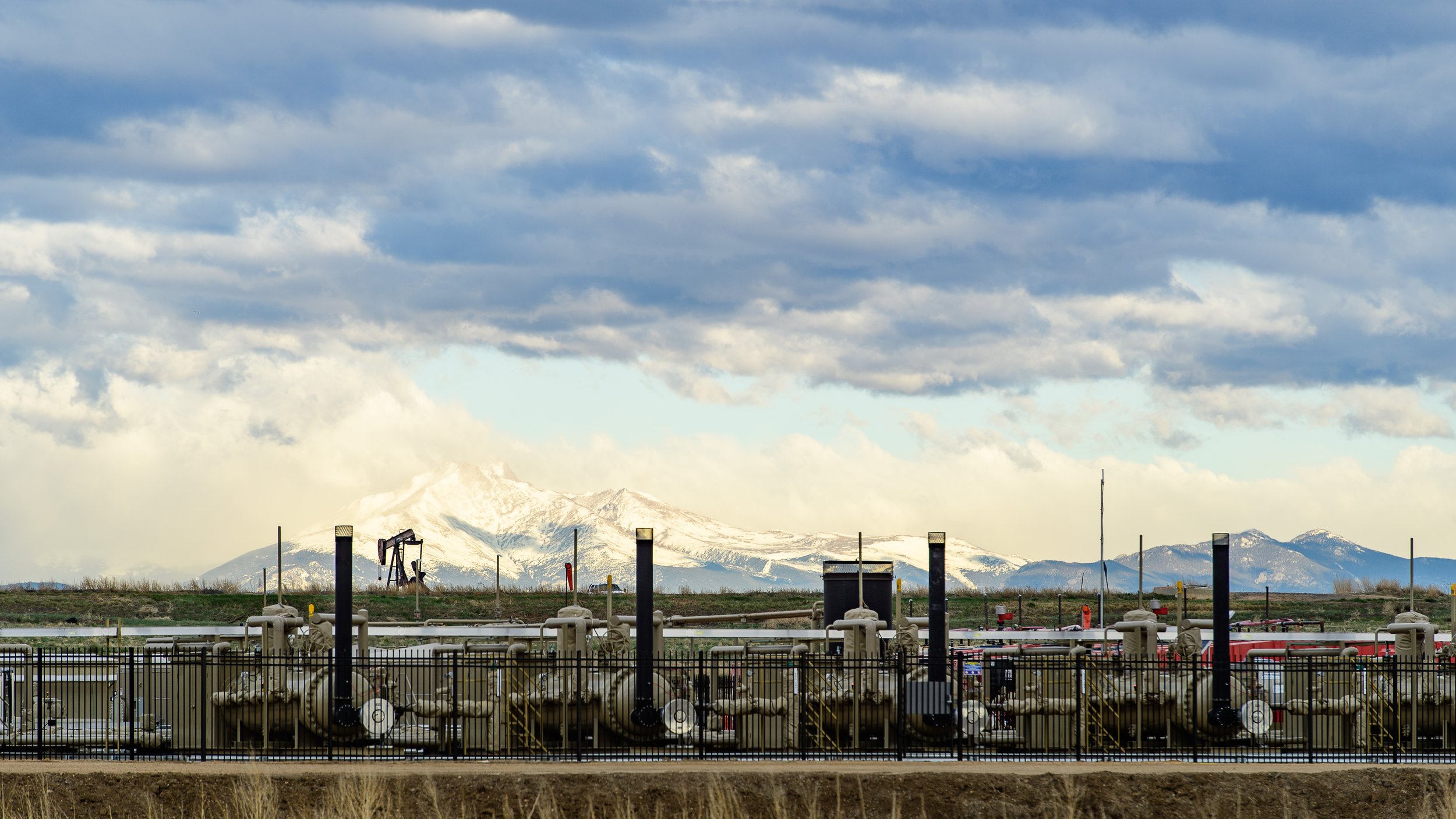
COGA Fact Sheets
COGA 2024: Community Impact Report
Colorado’s oil and natural gas industry is firmly committed to community investment that is targeted and tailored to each community’s unique needs. We are proud to support the communities where we live and work.
COGA Fact Sheet: How Colorado’s Oil and Gas Industry Powers the Economy
The oil and gas industry is a vital backbone of Colorado’s economy, significantly contributing to employment, public services, and overall economic growth. Here’s a closer look at how the oil and natural gas industry supports our communities across Colorado.
COGA Fact Sheet: Regulatory Costs
Sweeping legislative and regulatory changes will add over $590 million in new, annual costs to doing business in Colorado for oil and natural gas companies.
The total and individual amounts are taken from state cost-benefit analyses. They do not include new operational costs for which no analysis was conducted, and it does not account for rule changes where no associated economic analysis or cost-benefit analysis were performed. With that in mind, the total is a conservative number with additional, annual operational costs potentially being much higher.
COGA Fact Sheet: Pipeline Safety
Pipelines are the safest way to transport oil and natural gas. They’re also one of the leading ways to improve air quality and abate climate change by displacing higher carbon sources of energy with natural gas. The Obama administration found a pipeline emits 42 percent less greenhouse gases (GHG) than transporting the same amount of energy by rail. Additionally, this same report found that a pipeline has 0.1% of the incidents and 62% fewer barrels released compared to shipping by rail.
COGA Fact Sheet: Methane and Ethane Concentrations From Oil and Gas Decreased by 52-65%
A February 2021 Ramboll report of data from the Atmospheric Infrared Sounder (AIRS) sensor on NASA’s EOS/Aqua satellite shows that methane enhancements over the Front Range decreased 52% between 2013 and 2019. The “enhancement” is the increase above background methane concentrations.
CDPHE’s ground-level Platteville monitoring site shows that concentrations of ethane, an indicator of oil and gas emissions, fell 65% between 2013 and 2019. Platteville is surrounded by oil and gas wells.
These data sets are long-term, objective measurements by government agencies. They do not rely on reported emissions inventories -- from industry or anyone else. Ramboll’s Figure 4 shows the area of the reported satellite data and the Platteville site (the red dot). Ramboll’s Figure 10 shows the methane and ethane trends.
COGA Fact Sheet: PFAS Misinformation
The Sierra Club supported an “analysis” produced by another anti-fracking group called Physicians for Social Responsibility (PSR). The analysis, titled “Fracking with ‘Forever Chemicals’ in Colorado” insinuates that PFAS is being used in Colorado hydraulic fracturing operations and that companies that fail to disclose trade secrets or proprietary information might be hiding other uses of PFAS without evidence.
COGA Fact Sheet: The Colorado Molecule
The oil and natural gas molecules produced in Colorado are among the cleanest in the world. Under Colorado’s rigorous regulatory framework and environmental rules that are widely seen as the gold standard, Colorado companies are utilizing state-of-the-art technology and innovation to decrease emissions, reduce leaks, limit venting and flaring, and disturb less land. The end result is abundant, efficient and affordable energy sourced and produced locally in one of the safest and most environmentally sound manners anywhere. That matters, particularly if the alternative is relying on energy produced by countries with poor labor standards and environmental practices.
COGA Fact Sheet: Energy Demand 2050
According to the International Energy Agency (IEA), “U.S. emissions are now down almost 1 Gt from their peak in the year 2000, the largest absolute decline by any country over that period.” Part of that is due to fuel switching to natural gas, which is a low-carbon fuel. And, according to the EPA, methane emissions are being reduced while production increases. Here in Colorado, industry is making significant strides.
COGA Fact Sheet: Climate Change Emissions
Colorado’s oil and natural gas industry has greatly reduced its emissions over the past decade, even as oil and gas production in the state has increased. The reductions, made possible by increased technology and innovation, come at a time when Colorado legislators and regulators continue to target additional emissions reductions to combat global climate change.
COGA Fact Sheet: Ozone
Colorado’s oil and natural gas industry continues to reduce emissions and mitigate the effects of ground-level ozone as part of its ongoing commitment to being good stewards of our natural resources and protecting the environment. Ozone is a secondary pollutant formed when volatile organic compounds (VOCs) and nitrogen oxides (NOx) combine in the presence of sunlight and heat. Examples of VOC sources include sunscreen, hair gel, bug spray, perfume, paints, solvents, household cleaners, industrial processing emissions, as well as decomposing plants, animals, and landfill waste.
COGA Fact Sheet: Regulatory Timeline
The State of Colorado is a national leader in its commitment to fostering safe and responsible development of Colorado’s oil and gas resources. Over the past nine years Colorado has implemented precedent-setting regulations from baseline groundwater testing and monitoring to air regulations targeting methane leak detection and repair.
COGA Fact Sheet: Colorado Taxes
Colorado’s oil and natural gas industry is one of the state’s largest taxpayers. It also adheres to a system that is unlike any other energy tax framework in the country, making state-to-state comparisons incredibly difficult, if not impossible. Colorado’s oil and natural gas taxes are paid primarily through three mechanisms: the local ad valorem tax (assessed by each county and various local municipal taxing authorities), the state severance tax, and the state conservation mill levy.
COGA Fact Sheet: Air Monitoring and Measurements
Thousands of air quality measurements have been taken near oil and natural gas sites in Colorado over the past decade, and no measurement attributable to oil and natural gas has been above EPA or Health and Human Services health guideline values, according to monitoring by the state, industry, and third parties.
COGA Fact Sheet: Industry Safety
Colorado oil and natural gas operators are an integral part of one of the safest industries in the country. Over the past decade, the oil and natural gas industry’s incident rate has decreased by 41 percent, while doubling the size of its workforce and increasing overall production and the number of drilling rigs.
COGA Fact Sheet: Air Quality Advancements
Protecting the air we breathe is one of Colorado’s oil and natural gas industry’s highest priorities. This commitment to preserve the state’s air quality has resulted in VOC emissions decreasing by nearly 50% between 2011 and 2017, even as production quadrupled. In fact, the Regional Air Quality Council (RAQC) and the Colorado Department of Health and Environment (CDPHE) found that “new regulations and advancements in technology” have resulted in significant emission reductions.
COGA Fact Sheet: CDPHE 2019 Health Study
On October 17, 2019, the Colorado Department of Public Health and Environment (CDPHE) released an oil and natural gas health effects study titled, Human Health Risk Assessment for Oil & Gas Operations in Colorado. This study follows CDPHE’s 2017 Assessment of Potential Public Health Effects from Oil and Gas Operations in Colorado. That earlier study reviewed more than 10,000 air samples in regions of Colorado where people are living near oil and natural gas development. It concluded that all measured air concentrations were below short- and long-term safe levels.
COGA Fact Sheet: Community Impact
Corporate and social responsibility is not a new concept, but oil and natural gas companies are working hard to impact every corner of the state and foster positive societal and community investment.
Corporate and social responsibility is not a new concept, but oil and natural gas companies are working hard to impact every corner of the state and foster positive societal and community investment.
COGA Fact Sheet: Public Health
Safety is the top priority for Colorado’s oil and natural gas industry. We want nothing more than to ensure our community is a safe place to live, which is why companies often go above and beyond regulatory requirements to operate safely and responsibly.
COGA Fact Sheet: Colorado's Legislative Process
The Colorado Constitution places the power to make laws with the state legislature, the Colorado General Assembly. The General Assembly cannot delegate this power, and no other branch of state government can usurp it. The power to make laws is exercised through the process of considering and adopting bills.
COGA Fact Sheet: Groundwater
Protection of Colorado’s groundwater is one of our highest priorities. The oil and natural gas industry coordinates with the Colorado Department of Public Health and Environment (CDPHE) and the Colorado Oil and Gas Conservation Commission (COGCC) regarding all water related regulatory oversight.





















